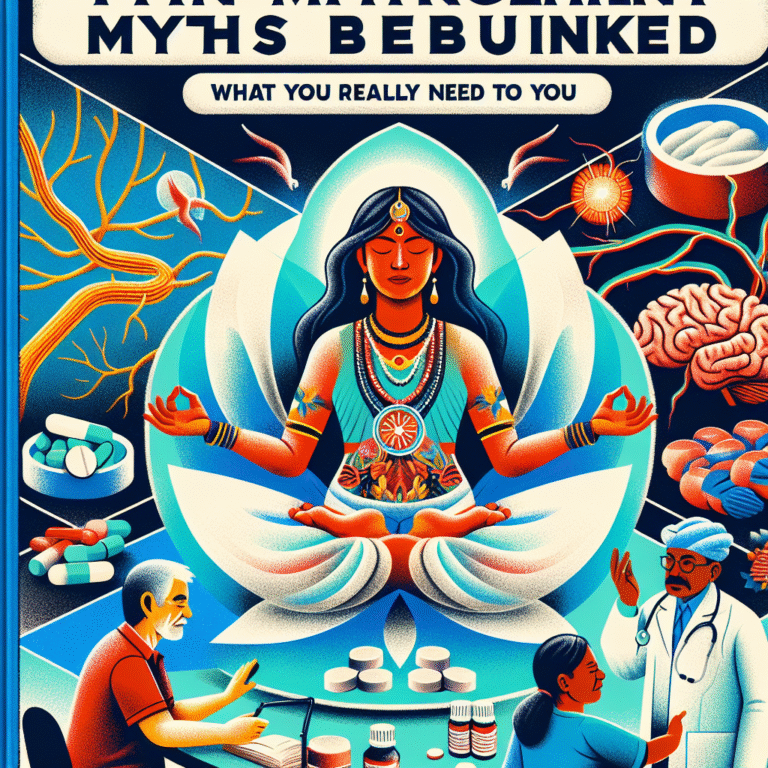
Introduction
Conflict is an inevitable part of human interaction. From personal relationships to professional environments, disagreements can arise at any moment. However, handling conflict effectively is crucial; turning conflict into collaboration not only resolves issues but also fosters stronger relationships and promotes a more harmonious environment. In this article, we will explore essential techniques for achieving peaceful resolutions, providing valuable insights that will empower you to transform conflicts into collaborative opportunities.
Understanding Conflict
What is Conflict?
At its core, conflict arises from differing needs, values, or interests. Understanding the nature of conflict is the first step toward turning it into collaboration. Types of conflict can range from interpersonal disagreements to organizational disputes.
The Spectrum of Conflict
| Type of Conflict | Description |
|---|---|
| Intrapersonal Conflict | Struggles within oneself (e.g., decision-making) |
| Interpersonal Conflict | Disagreements between individuals |
| Intragroup Conflict | Conflicts within a group or team |
| Intergroup Conflict | Disputes between different groups or organizations |
Case Study: The Workplace Dispute
Consider a scenario where two team members in a corporate environment have differing opinions on project direction. Instead of escalating into a heated argument, the use of collaborative techniques can strengthen team bonds and lead to innovative solutions.
Techniques for Turning Conflict into Collaboration
1. Active Listening
Active listening is crucial for effective communication. It involves fully concentrating on the speaker, understanding their message, and responding thoughtfully. By showing genuine interest, you can facilitate collaboration.
Benefits of Active Listening
- Builds trust.
- Reduces misunderstandings.
- Encourages openness.
Analysis of the Case Study
In the workplace dispute noted earlier, if both parties practice active listening, they may uncover shared goals and values, paving the way toward collaboration.
2. Open-Ended Questions
Asking open-ended questions is a powerful technique for digging deeper into the issues at hand. These questions encourage dialogue rather than simple yes or no answers.
Examples of Open-Ended Questions
- "What are your thoughts about the current situation?"
- "How do you feel we can reach a compromise?"
3. Finding Common Ground
Identifying shared interests can act as a catalyst for collaboration. By focusing on what both parties agree upon, it becomes easier to negotiate and find solutions.
Tips for Finding Common Ground:
- List shared values.
- Acknowledge mutual benefits.
- Focus on long-term goals.
4. Reframing the Conflict
Reframing involves changing the perception of a conflict. Instead of seeing it as a struggle, it can be viewed as a challenge or opportunity.
Techniques for Reframing
- Use positive language.
- Emphasize growth and learning.
- Highlight potential benefits of resolving the situation.
5. Mediation and Facilitation
In more complex situations, involving a neutral third party can help mediate discussions. A mediator acts as a facilitator, guiding the conversation and ensuring both parties feel heard.
When to Seek Mediation
- When emotions run high.
- When previous attempts at resolution fail.
- When the conflict has broader implications.
6. Building Empathy
Developing empathy towards the other party’s situation is essential for turning conflict into collaboration. Understanding their feelings and perspectives reduces tension and encourages cooperation.
Practical Ways to Build Empathy
- Put yourself in their shoes.
- Acknowledge their feelings.
- Practice compassion.
Real-World Applications of Collaborative Techniques
Case Study: Community Mediation
A neighborhood was experiencing conflict over a proposed construction project. Instead of allowing tensions to escalate, community leaders organized a mediation session. Through active listening and open-ended questions, residents voiced their concerns, while developers explained the positive outcomes of the project. Ultimately, they found a solution that benefited both parties, showcasing a successful example of turning conflict into collaboration.
Table: Key Techniques Applied in Community Mediation
| Technique | Description | Outcome |
|---|---|---|
| Active Listening | Residents felt heard and valued. | Increased trust and openness. |
| Open-Ended Questions | Facilitated deeper understanding. | Identification of main concerns. |
| Finding Common Ground | Focused on shared community benefits. | Agreement on project adjustments. |
Enhancing Collaborative Efforts
Training and Development
Organizations can benefit from training programs that teach conflict resolution skills. Workshops dedicated to turning conflict into collaboration can empower employees, fostering a more positive work culture.
Encouraging Open Communication
Instituting channels for open dialogue encourages continuous feedback, reducing the likelihood of conflicts escalating. Regular check-ins and team-building exercises can also promote cohesion.
Leveraging Technology
Using collaborative tools can minimize misunderstandings. Platforms that centralize communication, such as project management software, help keep teams aligned and reduce conflict origin points.
Conclusion
Turning conflict into collaboration is a vital skill that enhances not only interpersonal relationships but also organizational performance. By employing techniques such as active listening, open-ended questions, and mediation, you can create a culture of collaboration. Remember, conflict doesn’t have to be destructive; it can serve as a foundation for growth and innovation. Embrace these strategies and inspire others to do the same, turning potential conflicts into opportunities for collaboration and understanding.
FAQs
1. What should I do if active listening fails?
If active listening doesn’t resolve the conflict, consider introducing a neutral mediator. Sometimes an objective third party can facilitate better communication.
2. How can I handle aggressive behavior in conflict?
Stay calm and avoid escalation. Set boundaries and focus on de-escalation techniques, such as maintaining a calm tone and using "I" statements.
3. What is the role of empathy in conflict resolution?
Empathy allows you to understand the perspectives of others, fostering connection and collaboration. It encourages compromise and reduces emotional tension.
4. Can conflict ever be beneficial?
Yes, constructive conflict can drive innovation and new ideas. When addressed properly, it can lead to solutions that satisfy multiple parties.
5. How do I maintain collaboration after resolving a conflict?
Follow up with regular communication, reinforce the agreements made, and check-in on mutual goals to ensure lasting collaboration.
Closing Thoughts
By exploring and implementing the techniques outlined in "Turning Conflict into Collaboration: Essential Techniques for a Peaceful Resolution," you will not only enhance your conflict resolution abilities but also contribute to a more harmonious environment in every aspect of your life. Remember, conflicts are merely stepping stones toward better collaboration; embrace them, learn from them, and transform them into opportunities.














